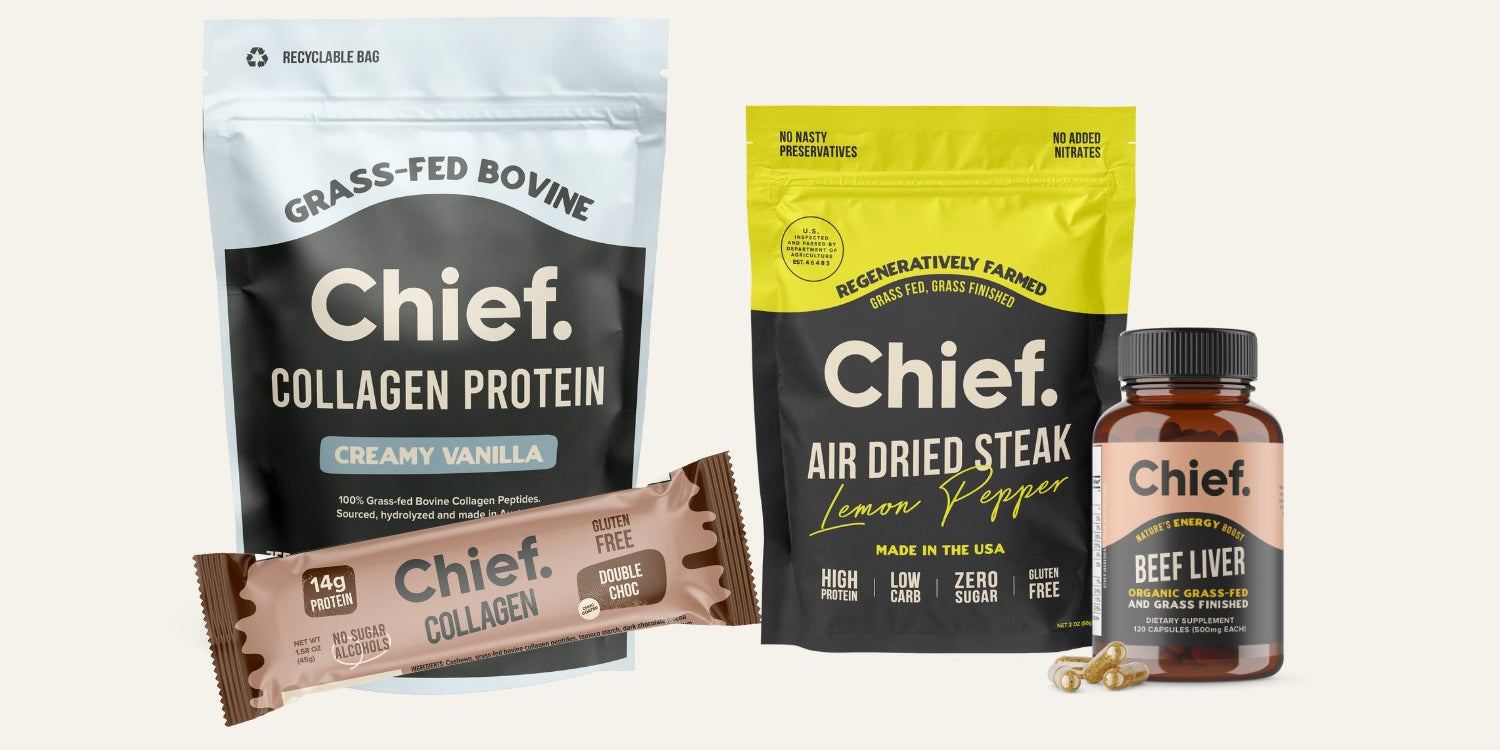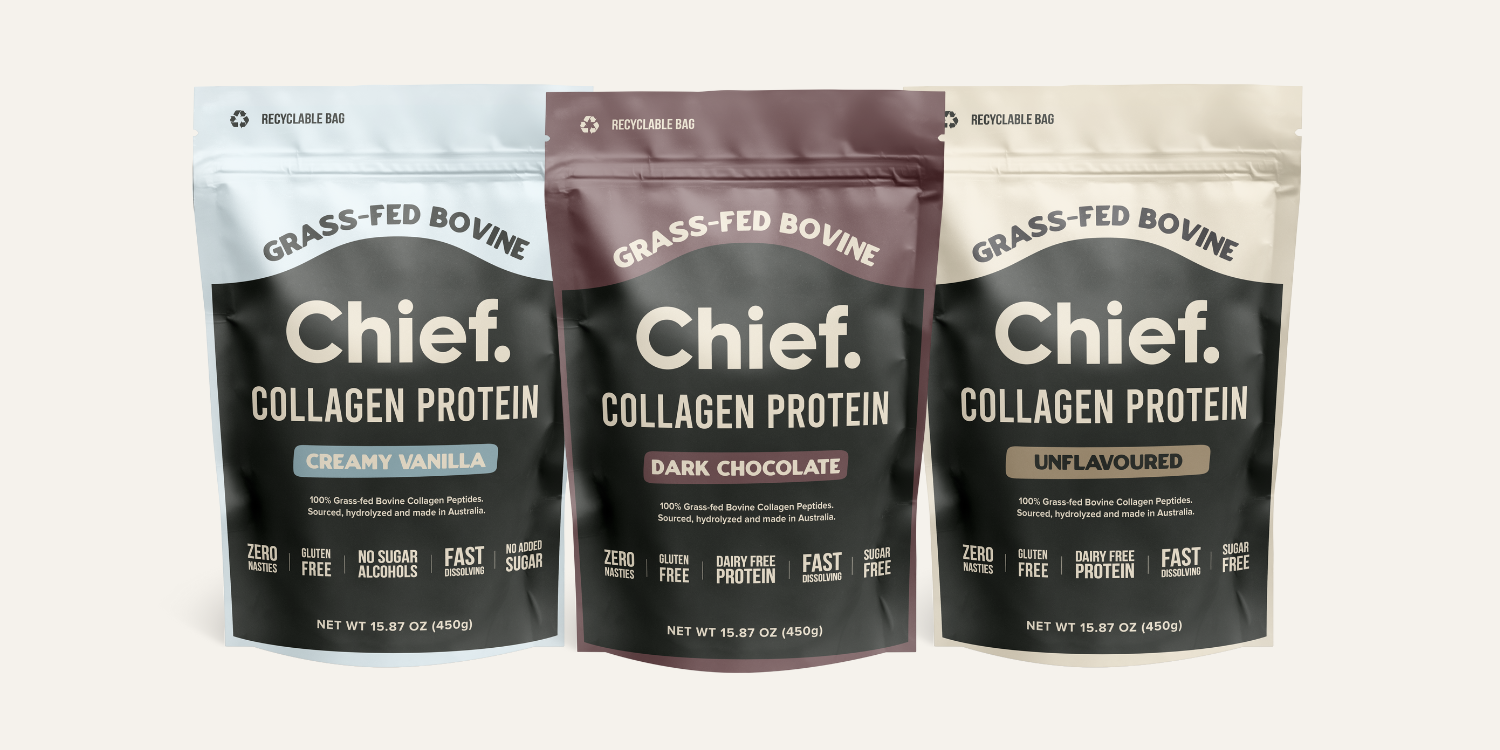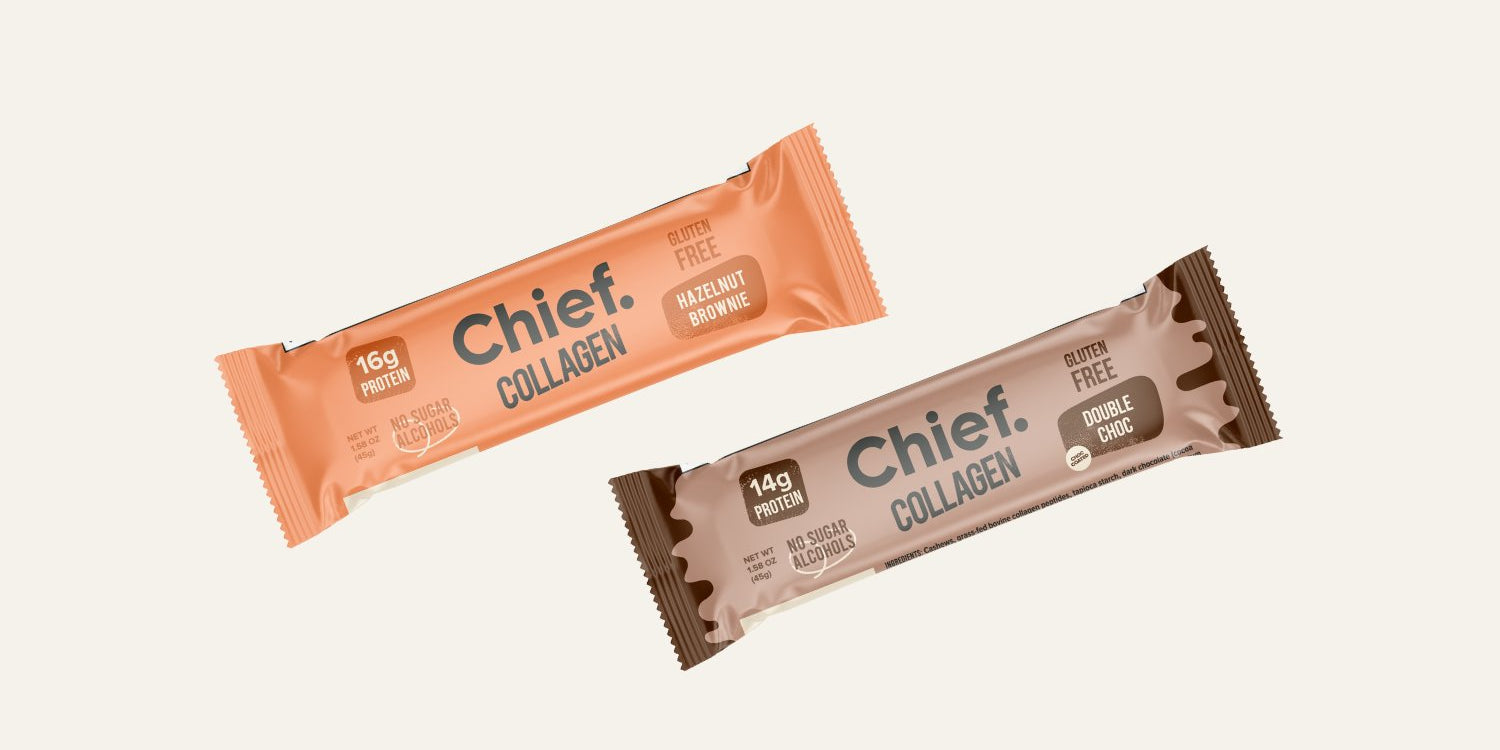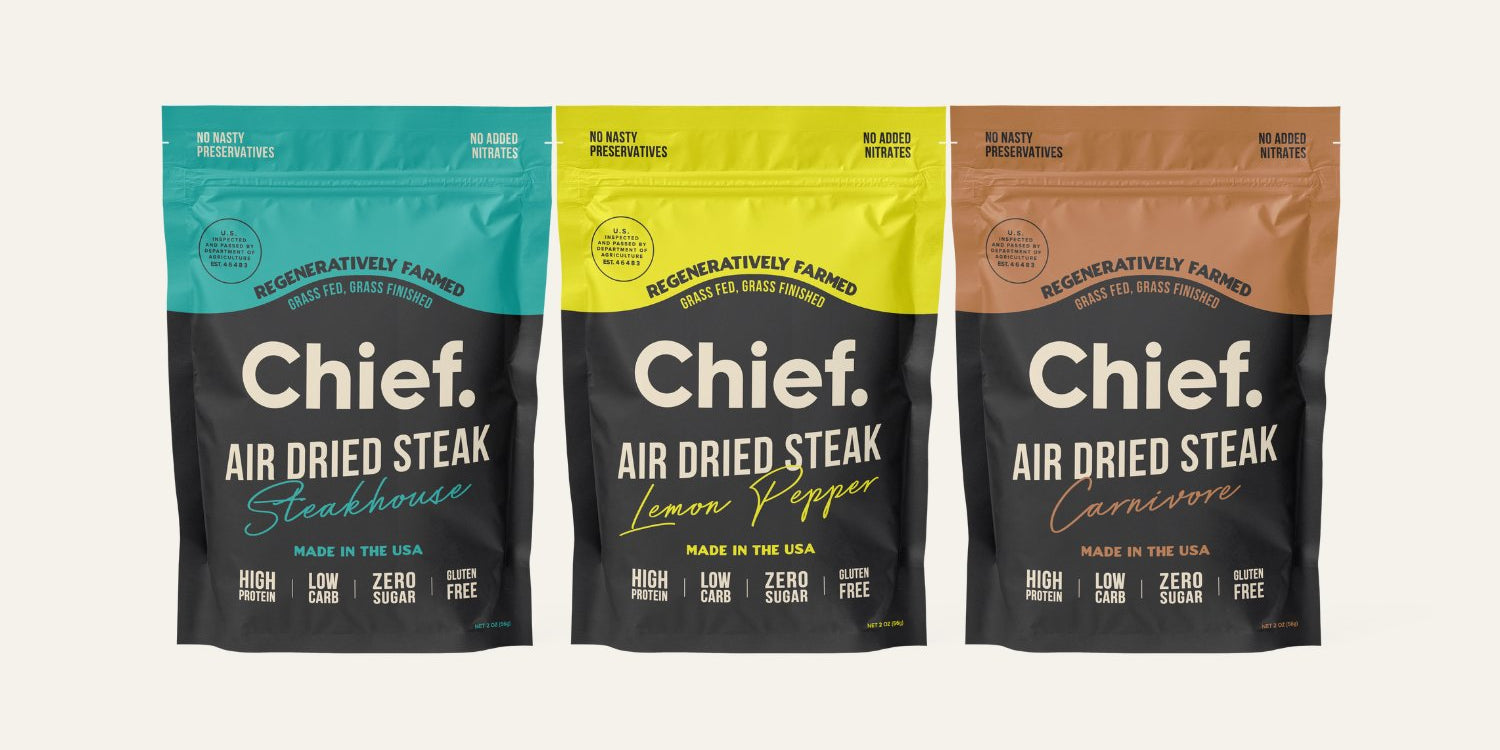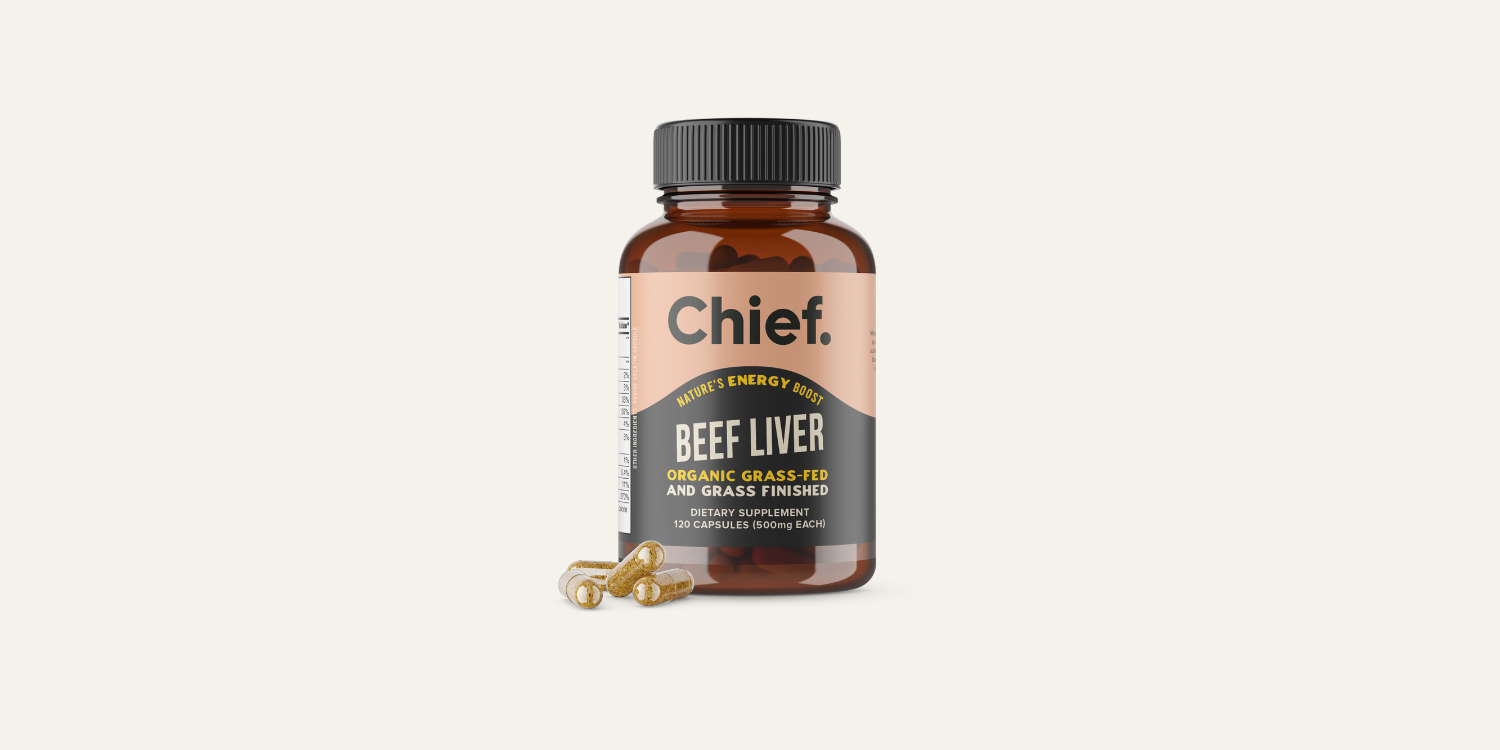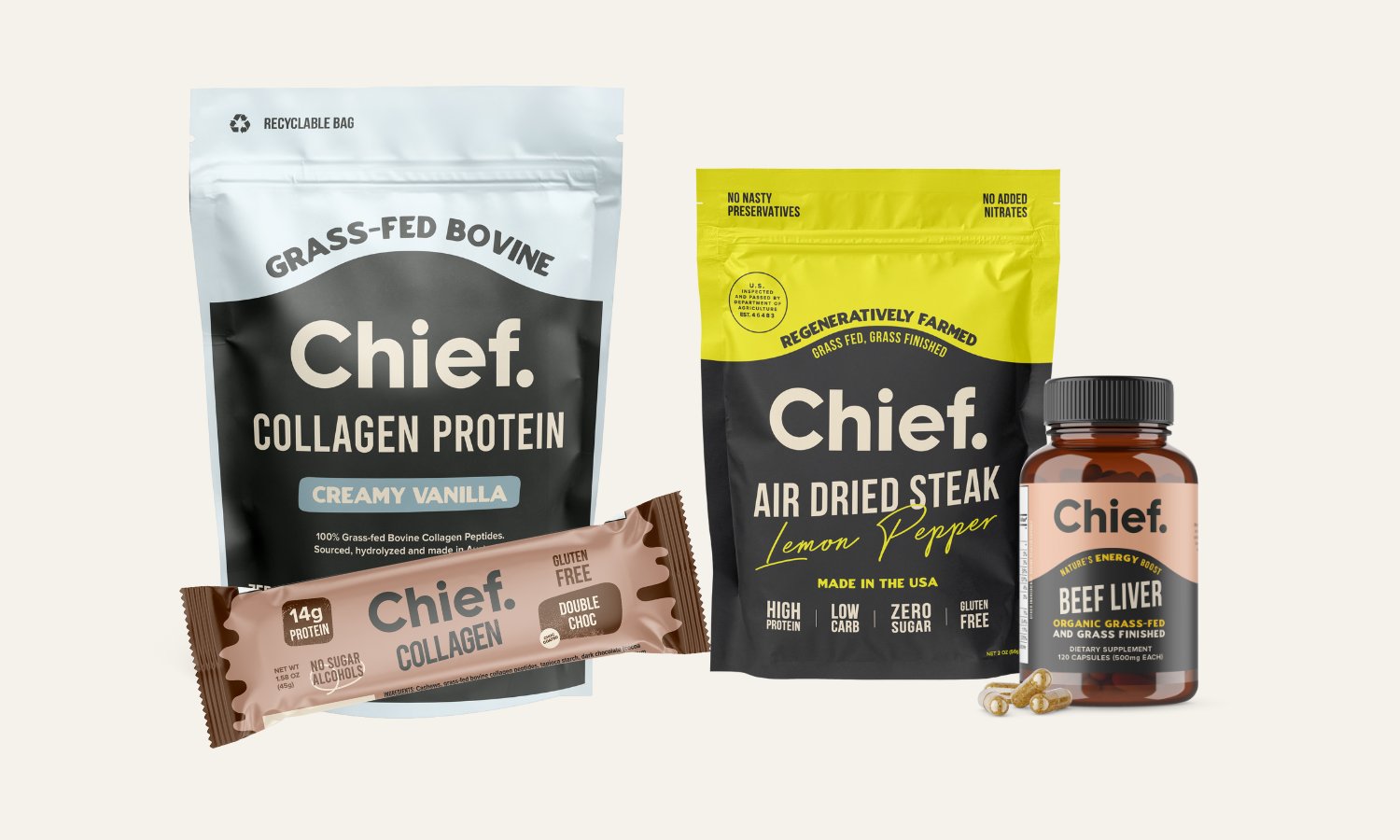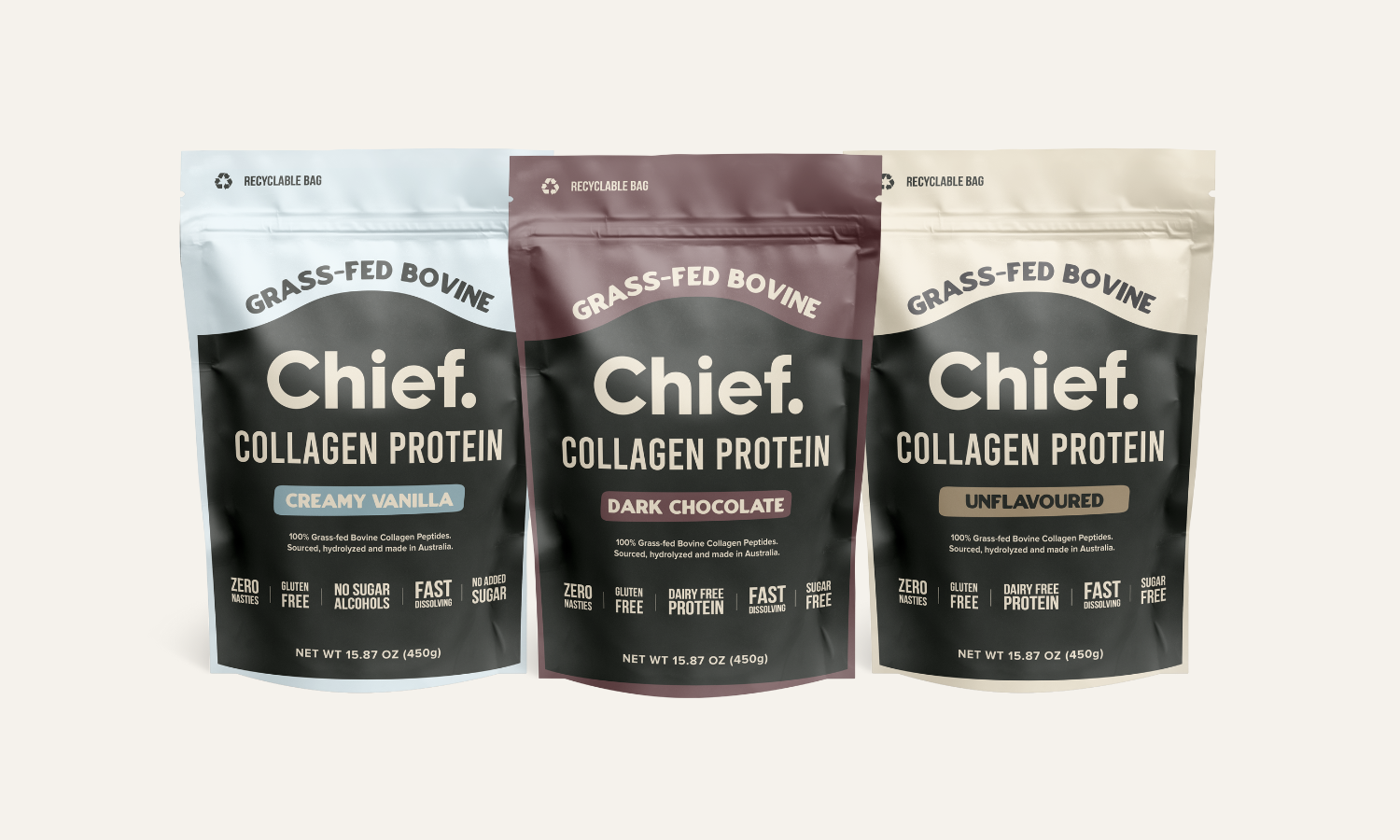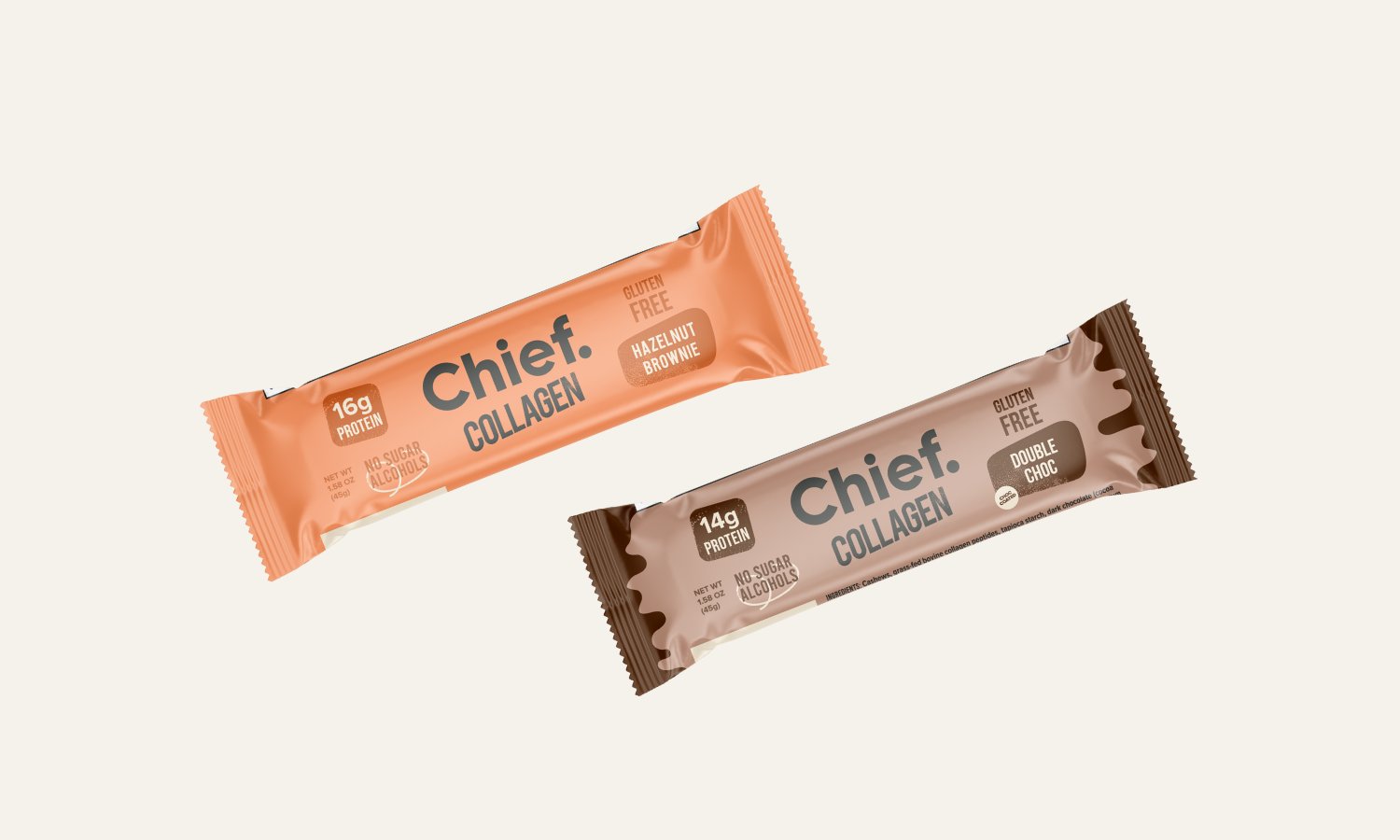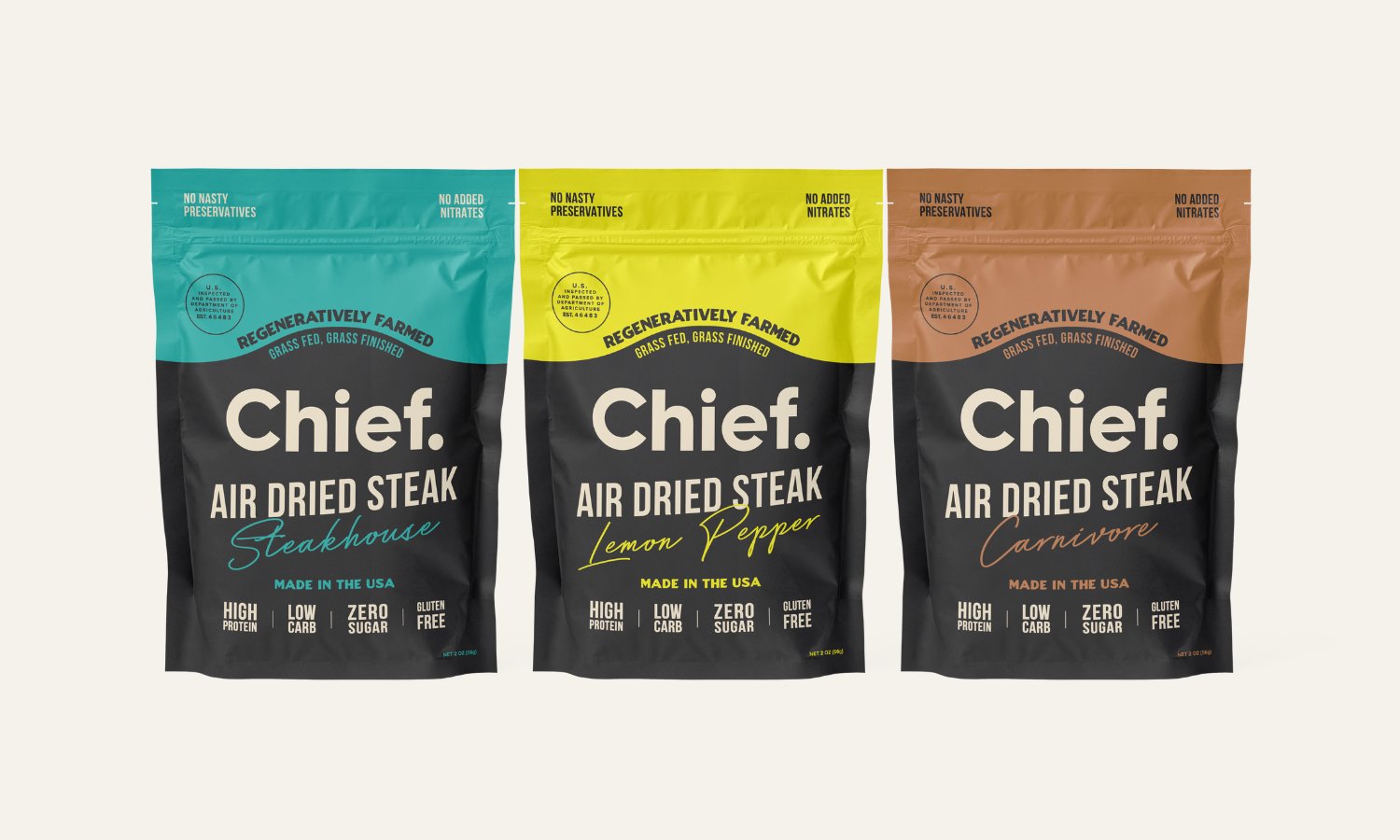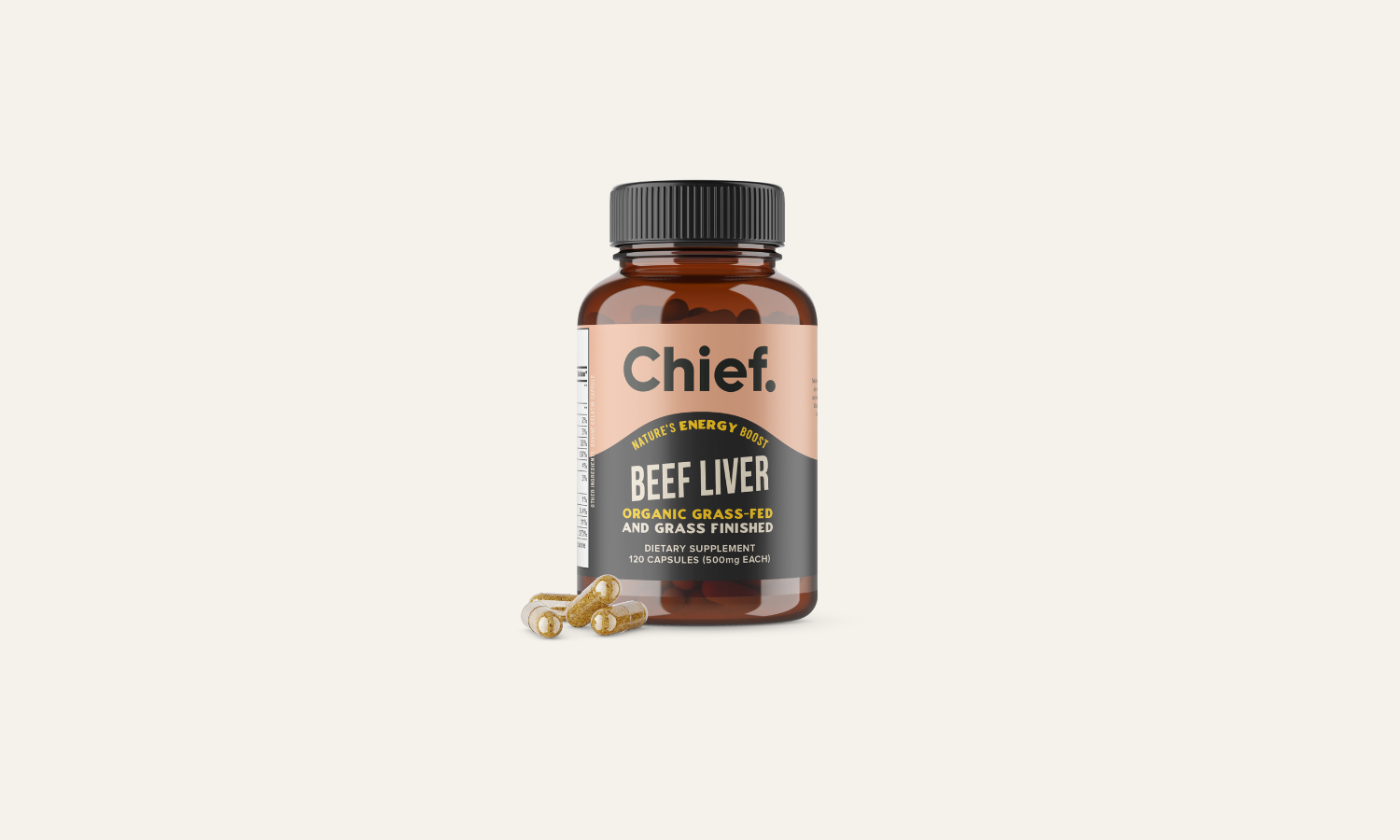What is paleo?
Paleo is a nutrition theory and lifestyle that is based on eating similarly to hunters and gatherers, our ancestors from the Palaeolithic Era. In the Palaeolithic Era, prior to agriculture and animal farming, humans ate foods naturally occurring in the nature such as grass-fed meat, wild fish, shellfish, eggs, tree nuts, vegetables, roots, fruit, berries, mushrooms, etc. According to the Paleo theory, our bodies are not genetically adapted to ‘new age foods’ such as cereal grains (even whole grains), dairy, legumes, beans, refined sugar and any processed foods.
10 Examples of paleo food
- Grass-fed meat
- Wild fish
- Shellfish
- Eggs
- Tree nuts
- Vegetables
- Roots
- Fruit
- Berries
- Mushrooms
Unless you've been living like a true caveman, under a rock, chances are you’ve heard of the Paleo diet. But, even those who claim to eat only 'Paleo' often get confused about what it really is, and isn’t. Our co-founder, Vee, offers up a simple explanation of the Paleo diet and she's even thrown in a few Paleo recipes for inspiration!
Simple paleo guidelines
Eat only grass-fed meat
Preferably organic. Organic grass-fed meat has a correct ratio of omega-3 and omega-6 fatty acids and it’s free of hormones and antibiotics. Grain fed meat is considerably fattier and higher in omega-6 than wild meats, therefore more pro-inflammatory.
Eat wild-caught fish
Or at least organic fish for the same reasons as grass-fed meat.
Limit consumption of fruits
Fruits in the Palaeolithic era would have been tart and smaller. Fruit juicing is out of the question. Eat whole fruits that are in season.
Use oils from fruits or tree nuts
Oils from fruits (avocado, palm, olive oil) or tree nuts (macadamia, almond, hazelnut, pecan, walnut, coconut) are natural and much healthier. Processed vegetable oils are pro-inflammatory, plus they didn’t even exist back then.
Consume a wide variety of foods
Especially vegetables in season.
Dry, steam, grill or poach your food
It’s much healthier. Frying food is a modern invention.
Don’t add any salt
Hunters and gatherers did not own saltshakers.
Drink only water
Or fresh coconut water.
Use a very small about of honey
The only true Paleo sweetener is raw honey. However, it would have been very hard to get the honey from bees back then. Therefore, honey should occur in your diet very rarely and in small quantities. Agave nectar is just refined high fructose agave syrup and has no place in the Paleo diet.
Avoid alcohol
Although controversial, if you are hardcore Paleo, you shouldn’t be drinking alcohol.
Eat only when you're hungry
Not because it’s lunchtime. Our ancestors would have been fasting at times simply due to periodically reduced access to food. Intermittent fasting, therefore, is a part of the Paleo lifestyle.
What isn't paleo?
The true Paleo diet is healthy for its high micronutrient and low sugar content. However, if your idea of Paleo diet is eating sausages and raw cakes, then I have to disappoint you... it is neither Paleo nor healthy.
Today’s market is flooded with ‘pseudo-Paleo’ treats. It blows my mind how many ‘Paleo treats’ and ‘Paleo bars’ are full of dates, agave syrup, coconut sugar and other ‘healthy sugar alternatives’. These products are often higher in sugar than regular cakes and have no place in the real Paleo diet. Although raw honey and unrefined coconut sugar are considered Paleo, they are supposed to be consumed on rare occasions. A 'treat' should be just that... an occasional treat. Whether raw and ‘healthy’ or baked and ‘unhealthy’, it should not be a part of your daily diet. To sum it up, hunters and gatherers would not be able to eat meat three times a day all year round, nor would they be able to have gallons of dates and honey after every meal.
Contrary to a widespread belief that Paleo is extremely low in carbohydrates and fibre, the Paleo diet contains a fair amount of good quality carbs and fibre from vegetables. If you lead an active lifestyle, and especially if you are an athlete, make sure that your daily diet includes Paleo-friendly carbohydrate sources such as sweet potato, beetroot, yams, parsnips, winter squash, carrots, pumpkin, and turnips. Although the human body can function on very little carbohydrates, athletes with adequate intake always have an advantage.
According to scientific findings, Paleo-style eating can (but doesn’t have to) lead to a lack in some micronutrients such as calcium, magnesium, folate and, surprisingly, iron. You can prevent this by including a variety of fresh vegetables and small amounts of organ meats such as organic liver. One serving of liver contains half our daily vitamin and mineral requirements. Besides that, sardines with bones, bok choy, broccoli and bone broth are great sources of calcium; broccoli and asparagus are packed with folate, and to boost iron absorption add some greens to your steak and a squeeze of fresh lemon juice.
Paleo 'day on a plate' - Add to your paleo shopping list
Breakfast
- Savoury option: Veggie/salad bowl with egg or 100g meat/fish and ¼-1/2 cup sweet potato; add some fermented veggies.
- Quick sweet option: Handful of mixed nuts and a handful of berries with a tablespoon of organic unsweetened coconut yoghurt
Lunch
- Big salad or bowl of roasted veg with 80-100g chicken or meat. Add a serving of Paleo-friendly carb foods if your day is active.
Dinner
- Ideally the smallest of the three main meals in regards to energy. It can be big in volume though such as a huge salad with lots of greens and 80-100g fish or seafood. You can even have eggs for dinner.
Snacks
Here are some of my favourites:
- Chief Meat, of course! It’s real, whole food and perfectly paleo.
- Vegetable sticks
- A piece of fruit in season, preferably berries (can add one tsp of a natural nut butter)
- 25g nuts
- 50g natural coconut yoghurt with berries
- A cup of bone broth or any healthy soup
- 80g meat or sashimi
- A small salad

